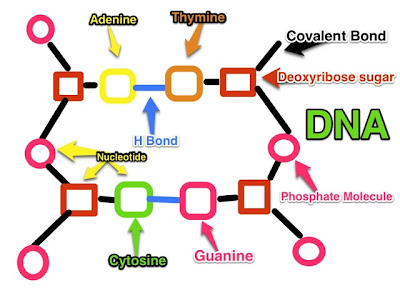- MON-Review of Transcription, Part II of Protein Synthesis: Translation (Notes), completed our posters, DNA/mRNA/tRNA codon worksheet
- TUE-Questions about Protein Synthesis, Protein Synthesis in-class demonstration (this was funny but also helpful for understanding the concept), Mutations worksheets (H.W.)
- THU-Assessment/Quiz on Protein Synthesis (demonstrating our learning in unique and innovative ways, now that is cool), I did 2 Show-Me videos to illustrate the required components of our quiz (I enjoyed trying something new). However, technical difficulties were slightly frustrating (1 video did not work).
- FRI-Sorting out technical difficulties from previous class, Play-doh/technical model of Fluid Mosaic Cell Membrane Model (I chose the new school method of technology for this one and used Whiteboard)
P.S. Very happy with my mark of 99 right now :)
Protein Synthesis was the theme of the week... here is a video to outline the process:




